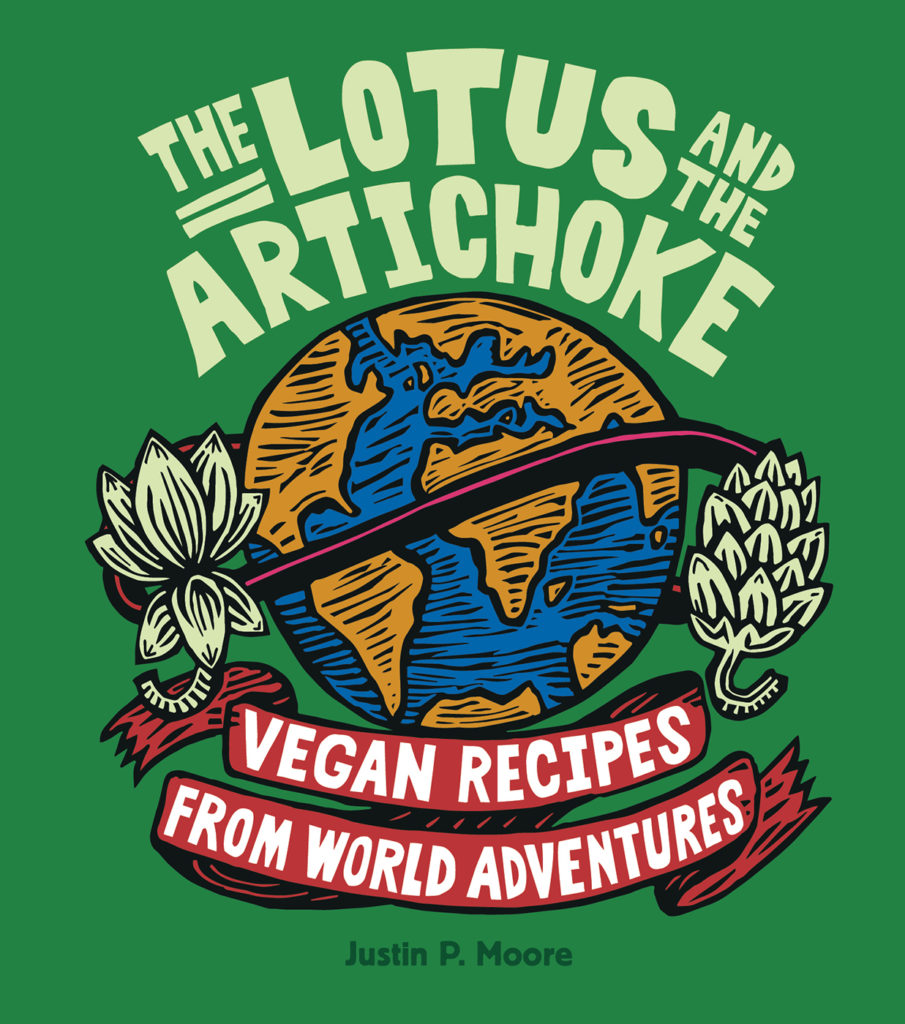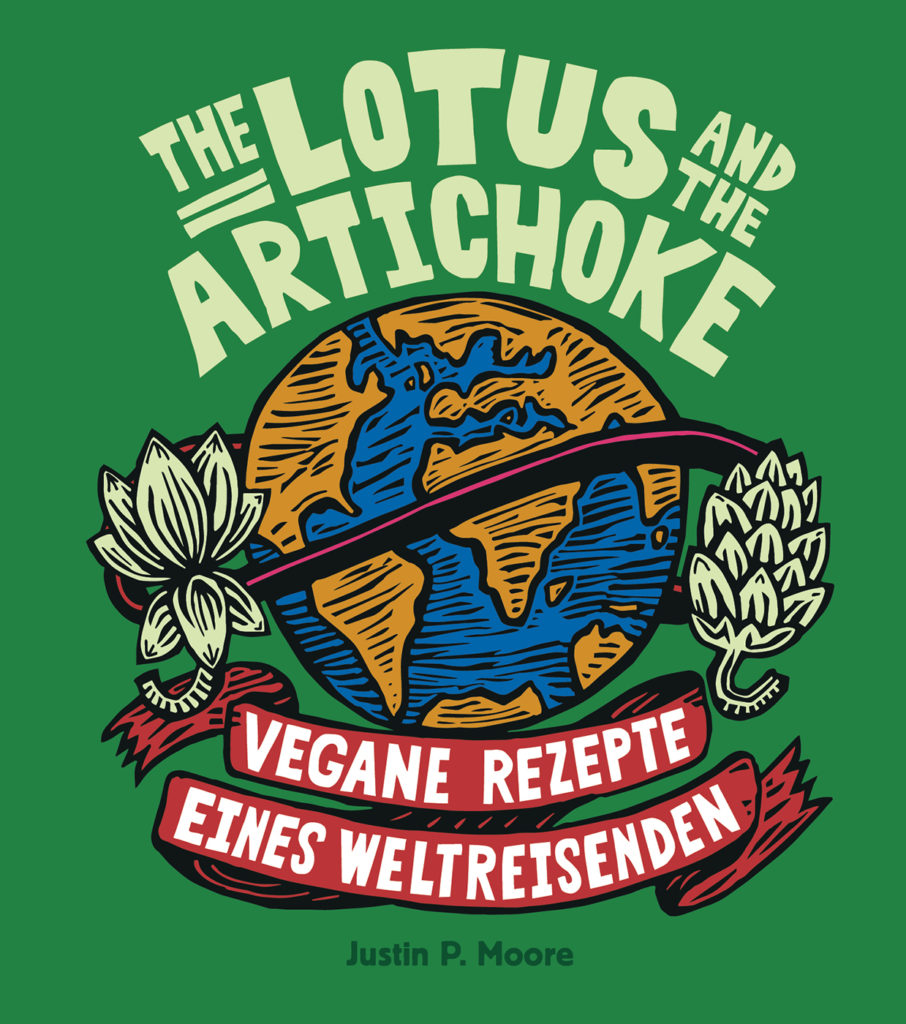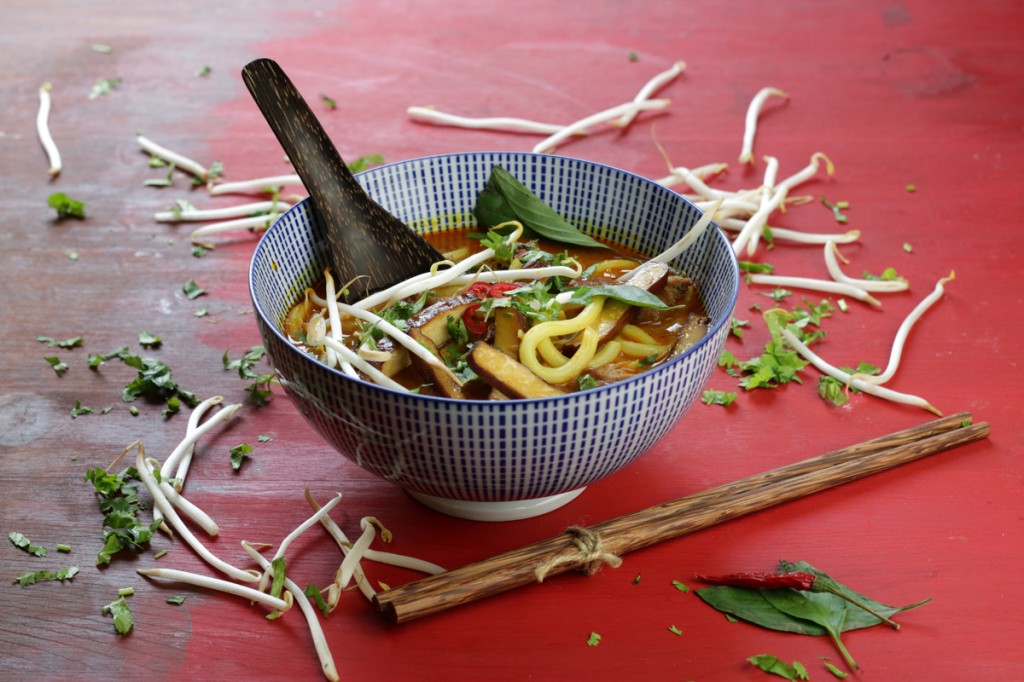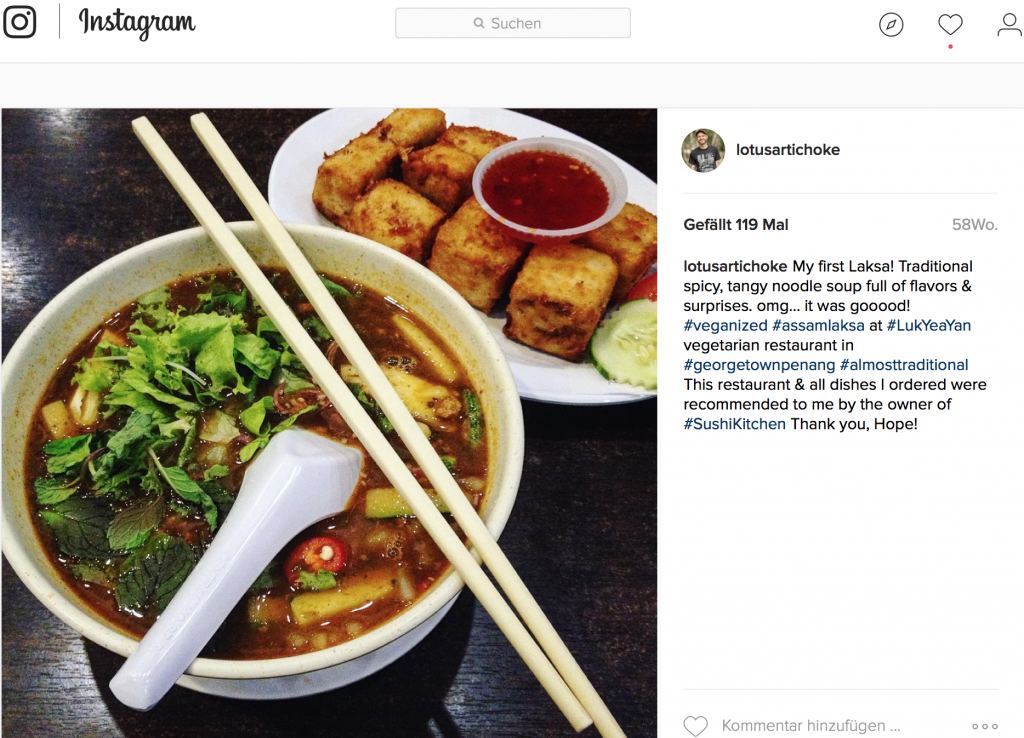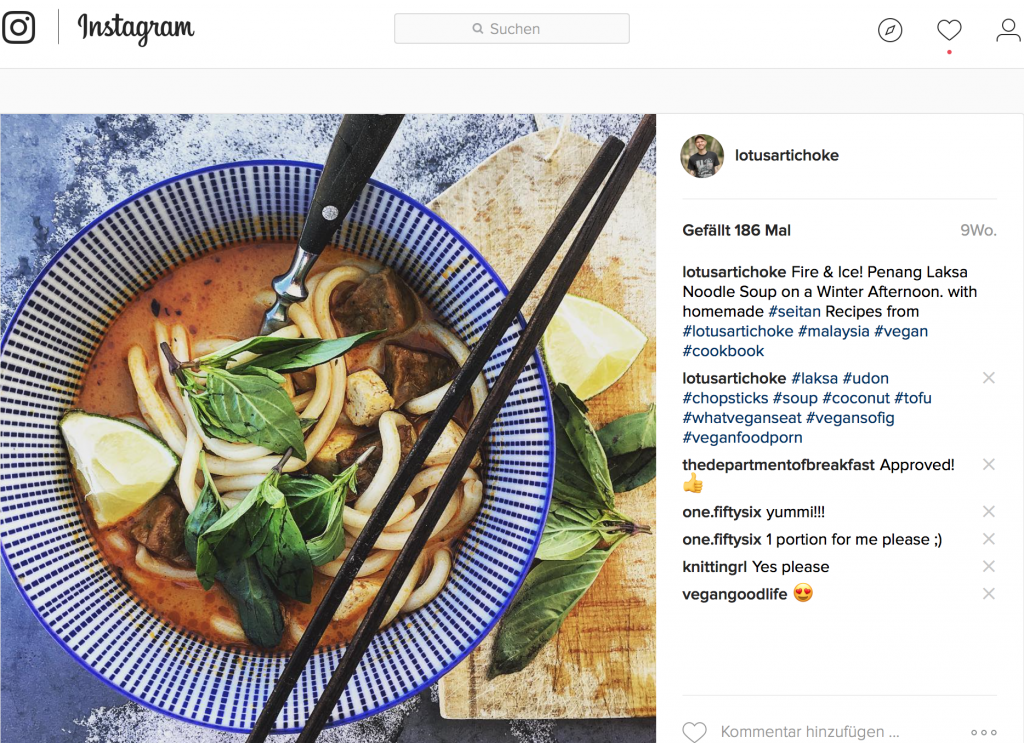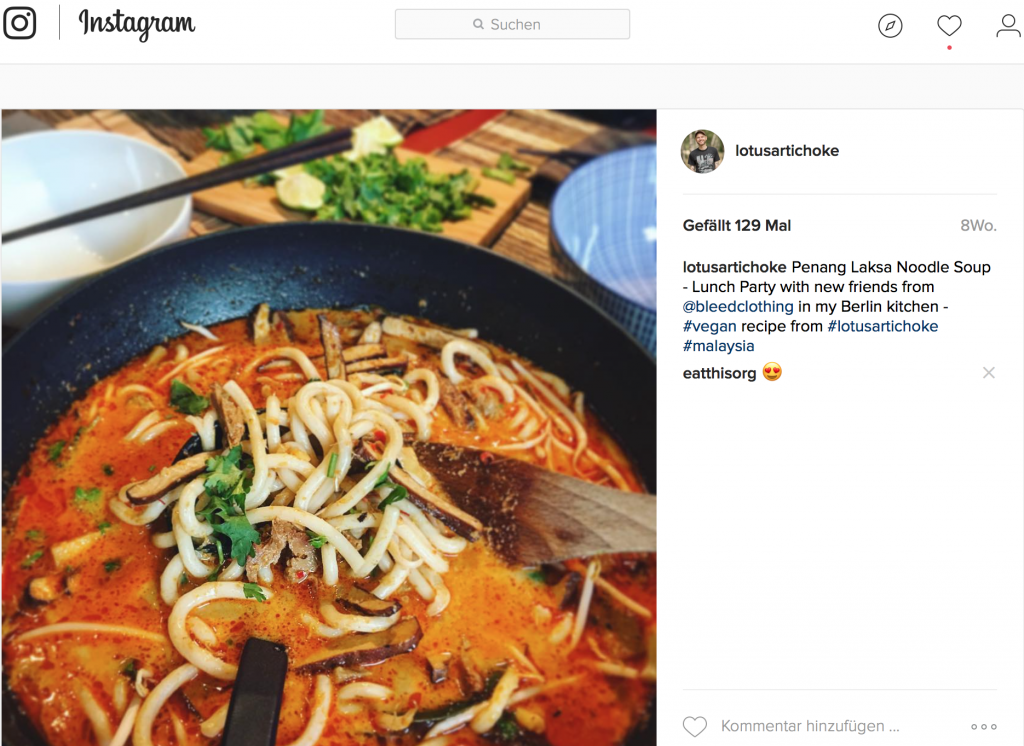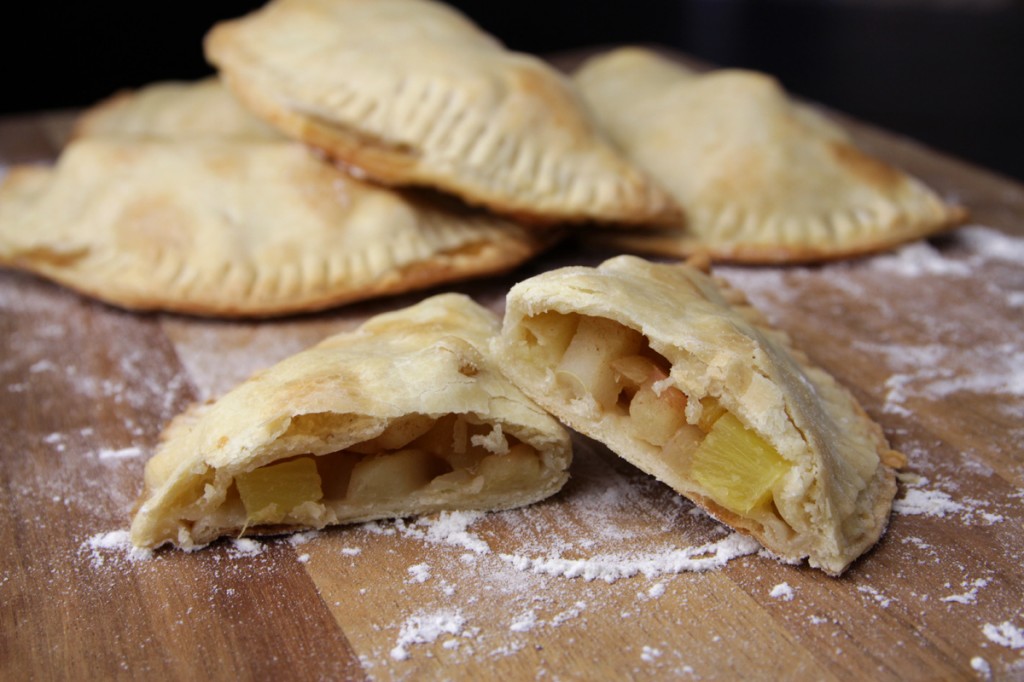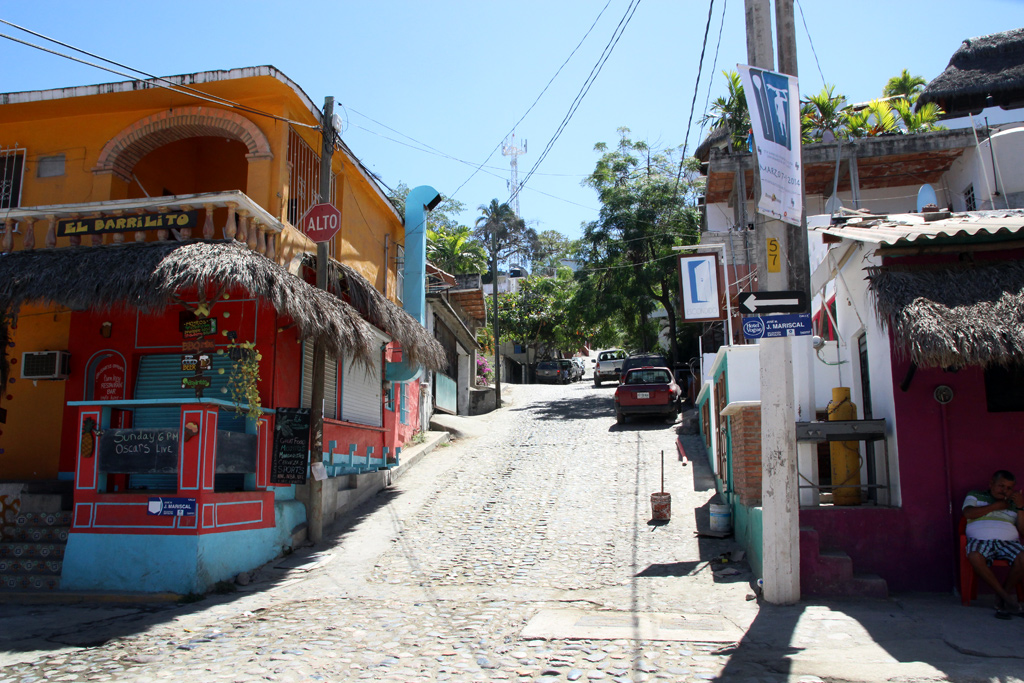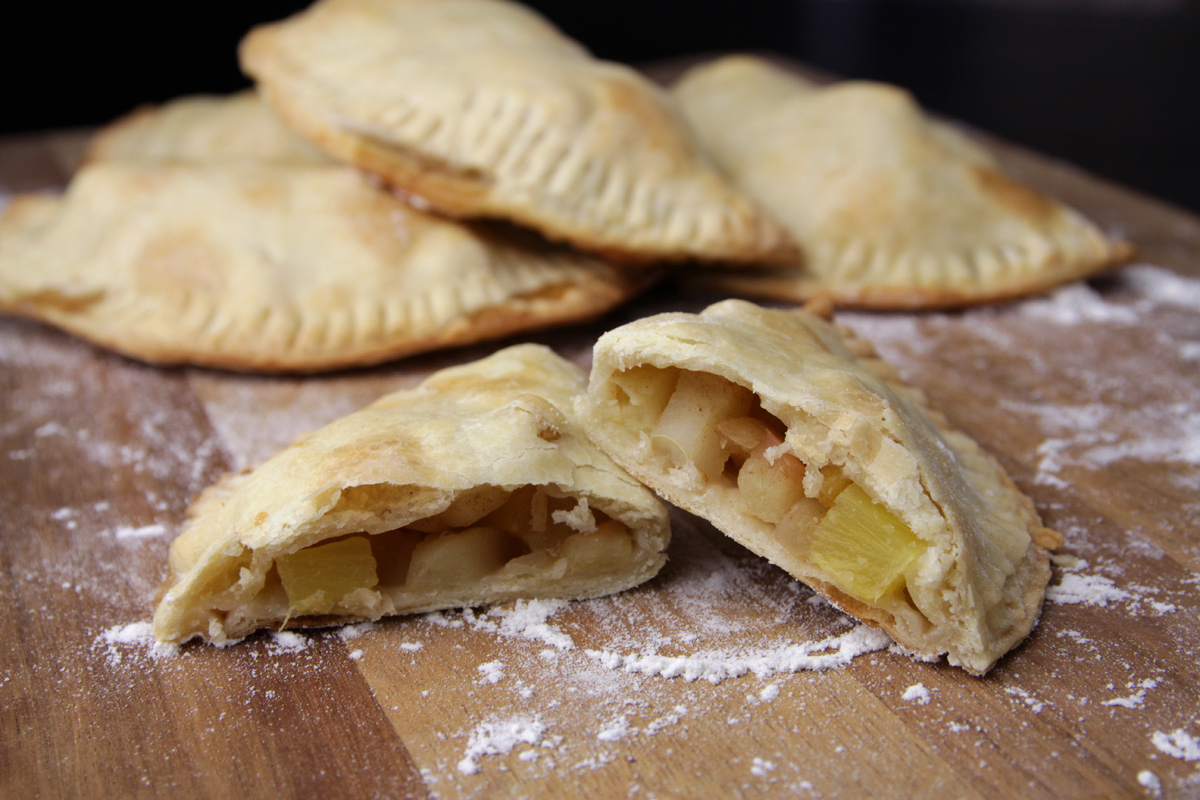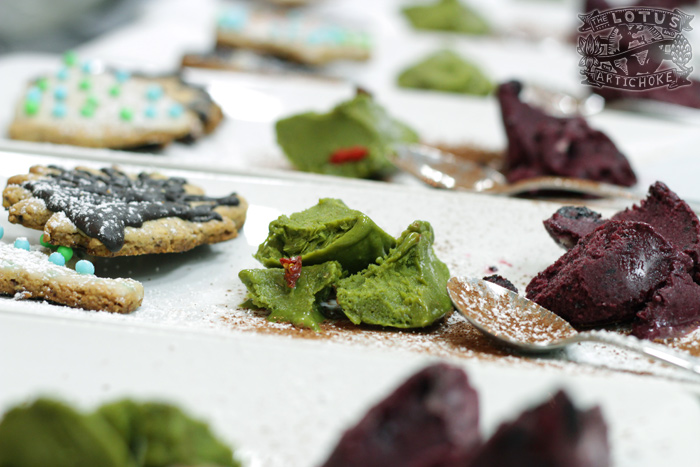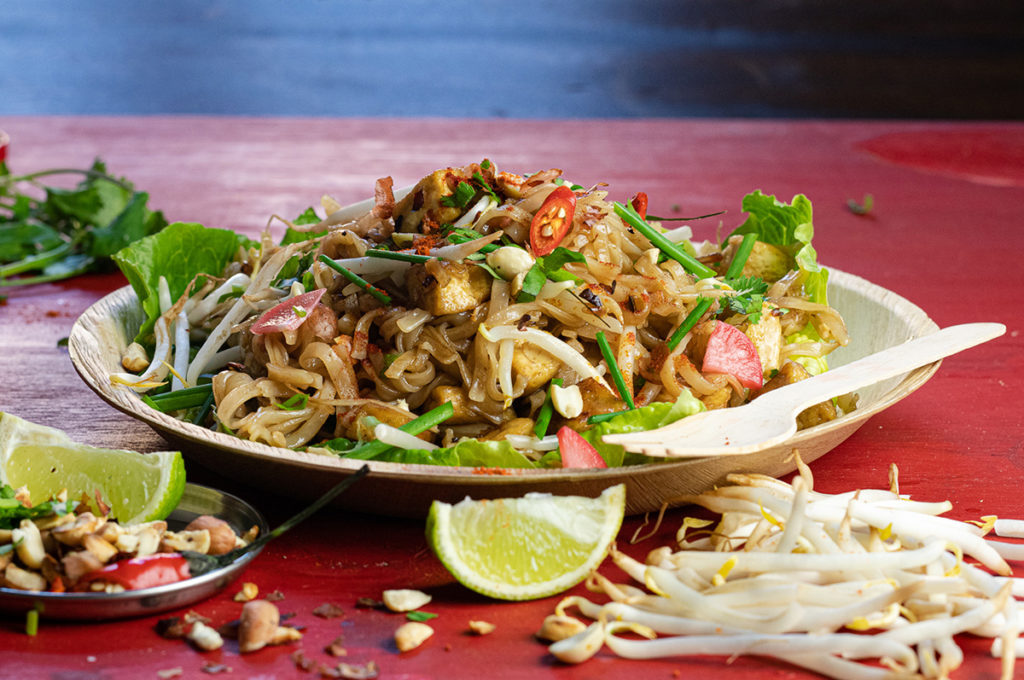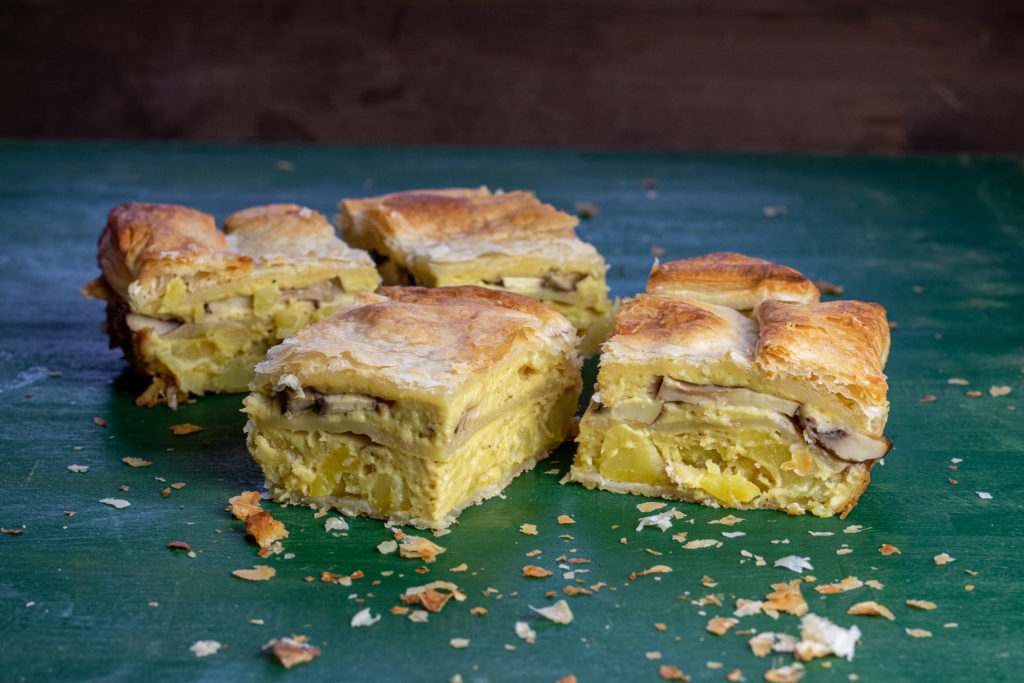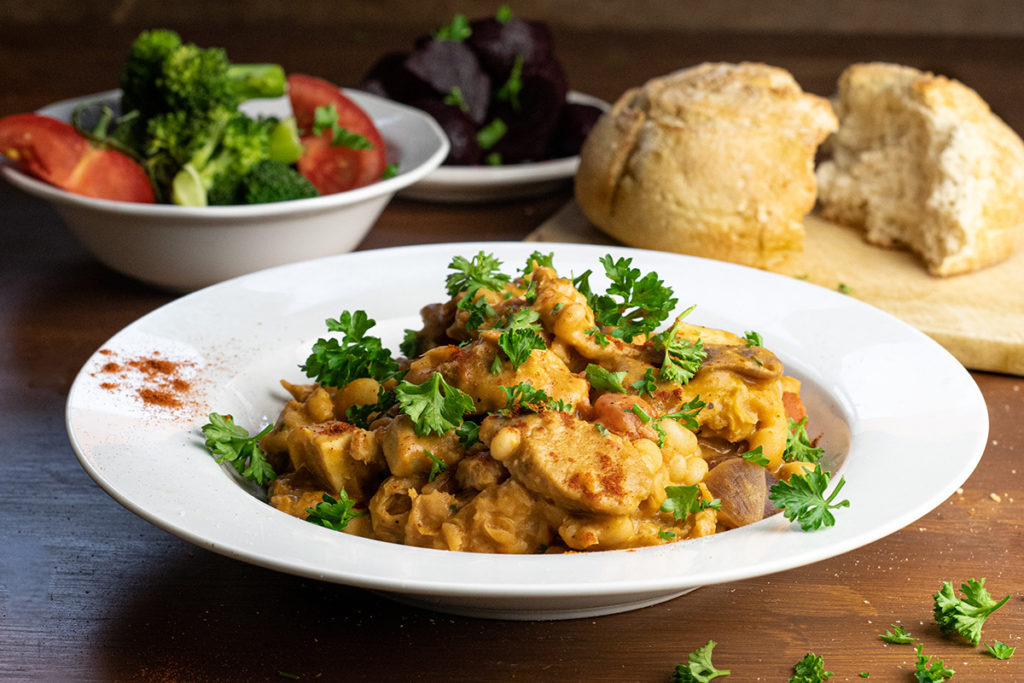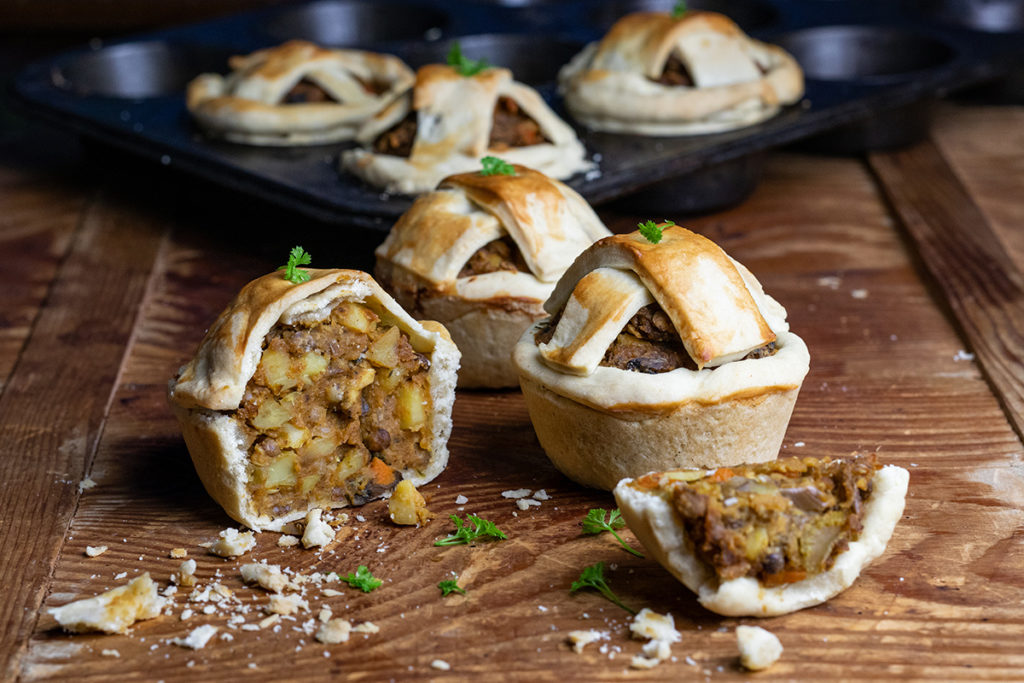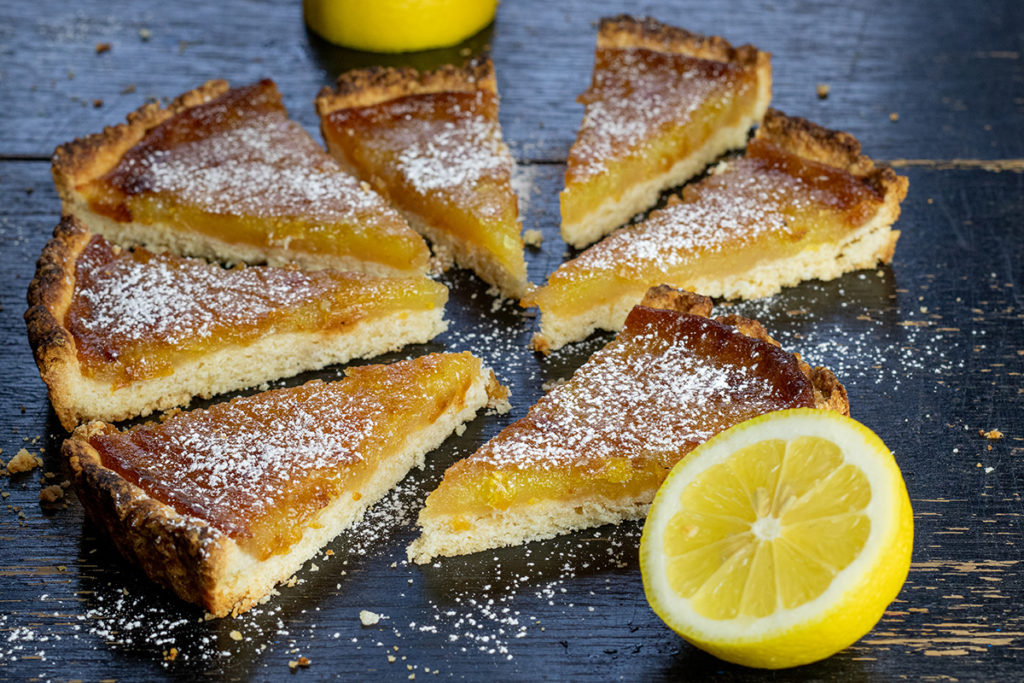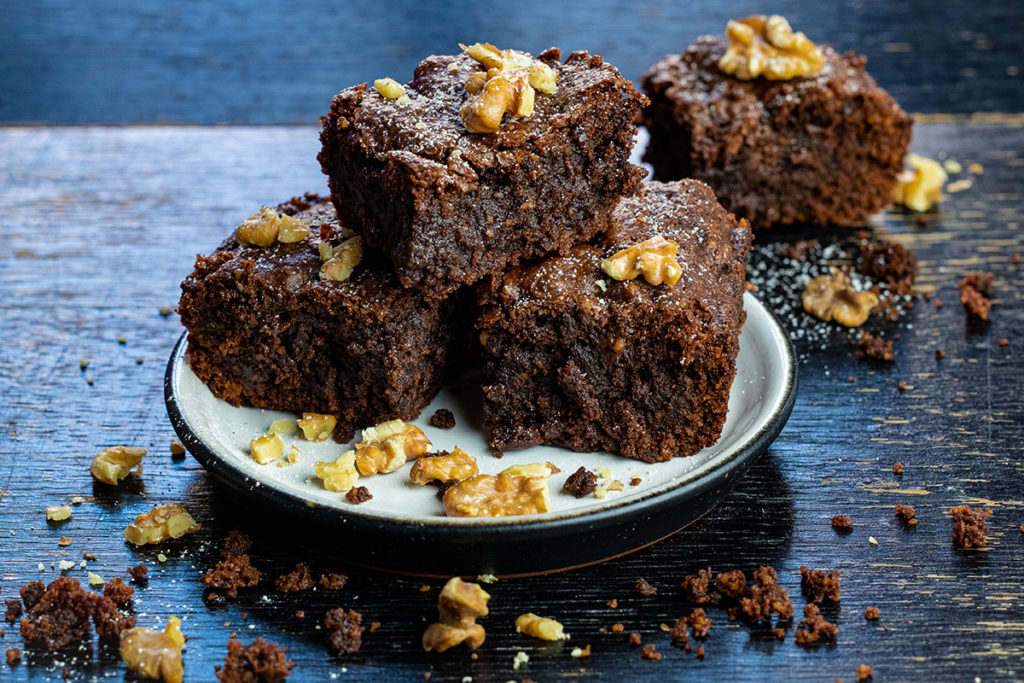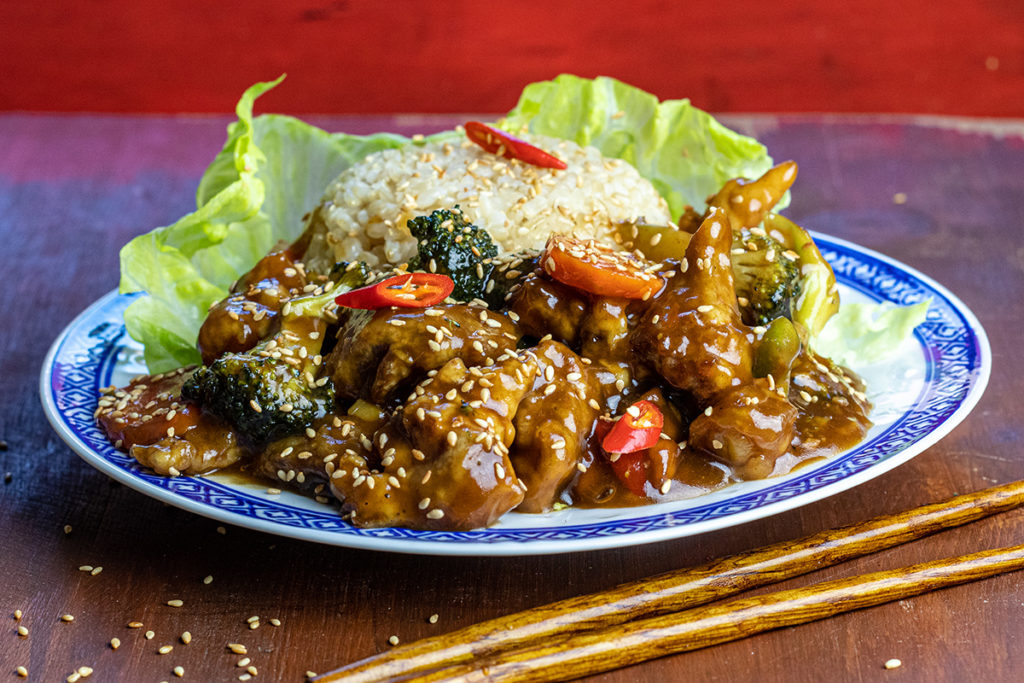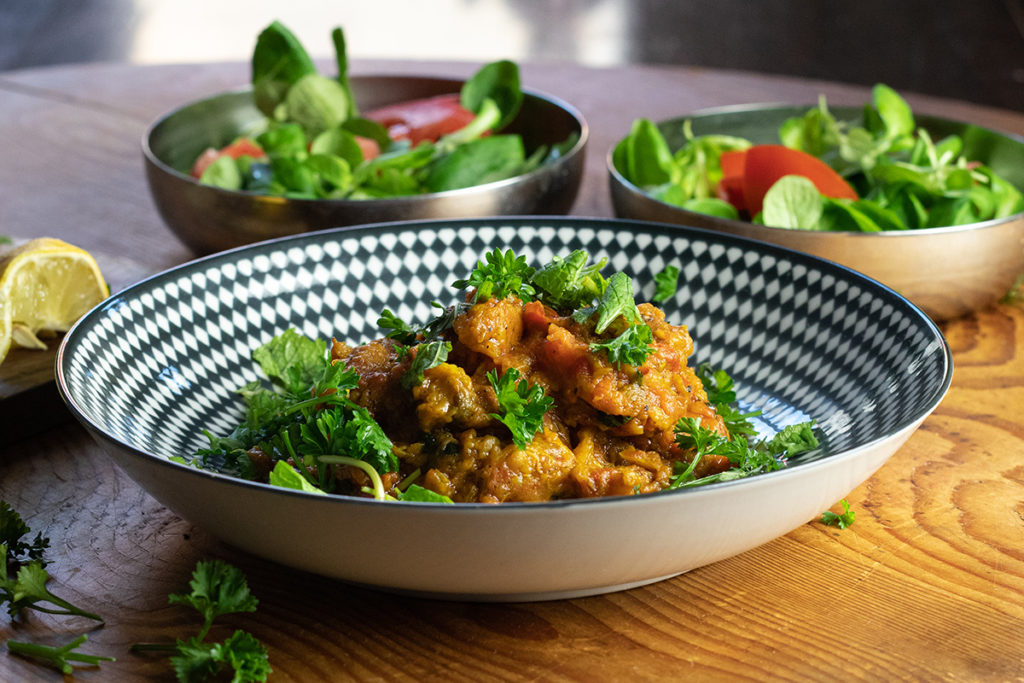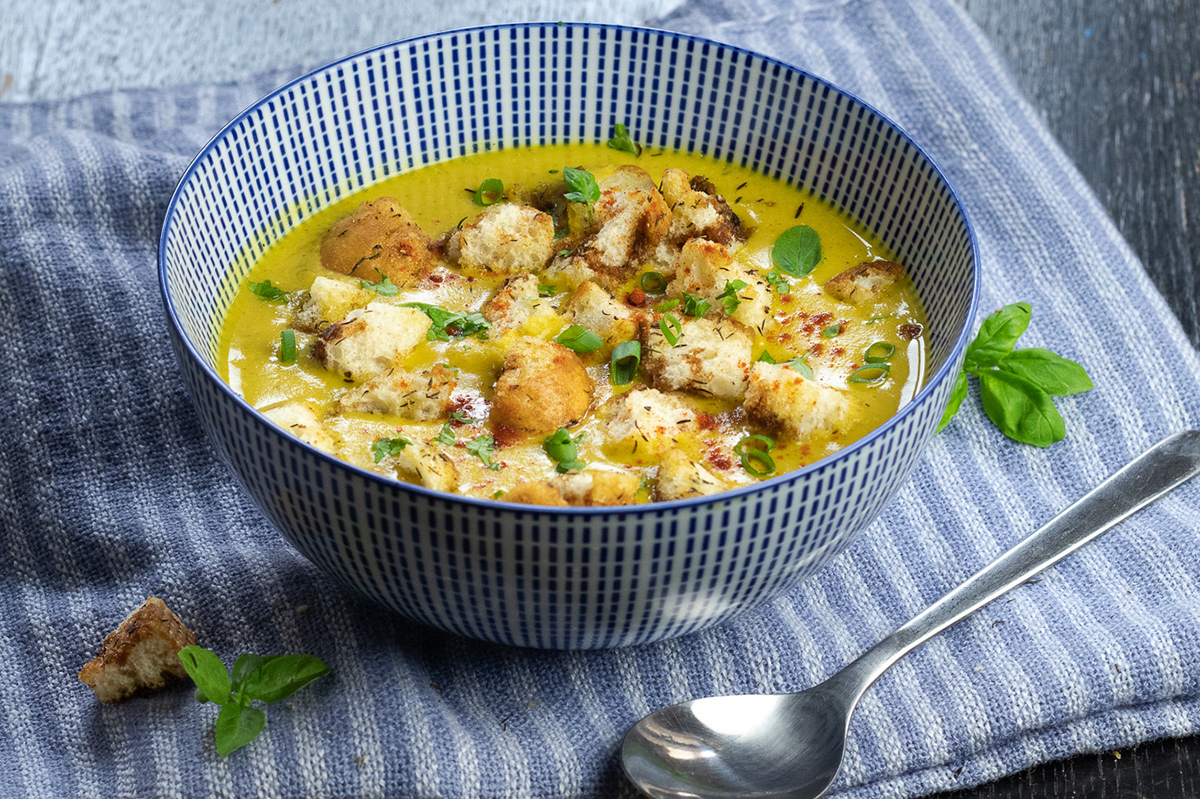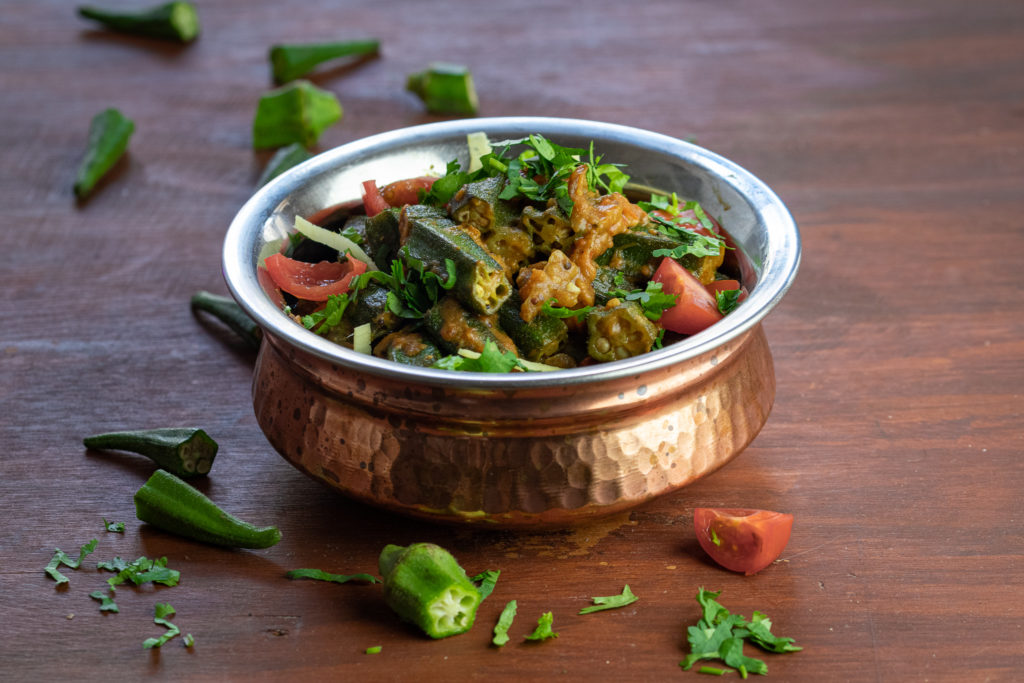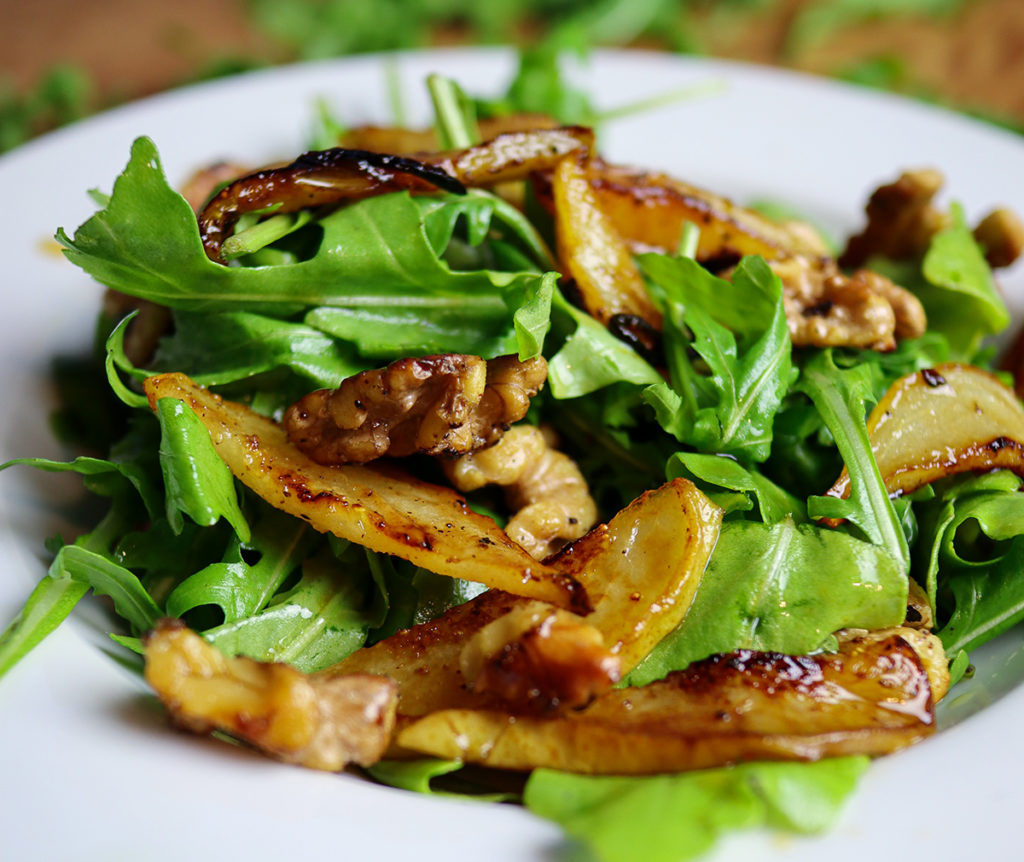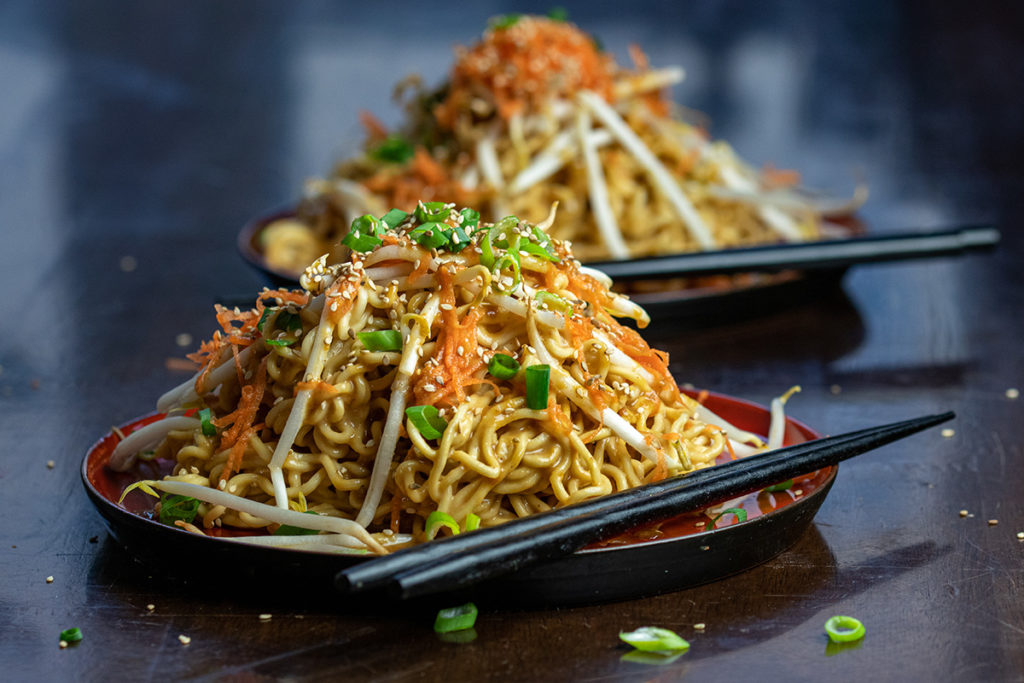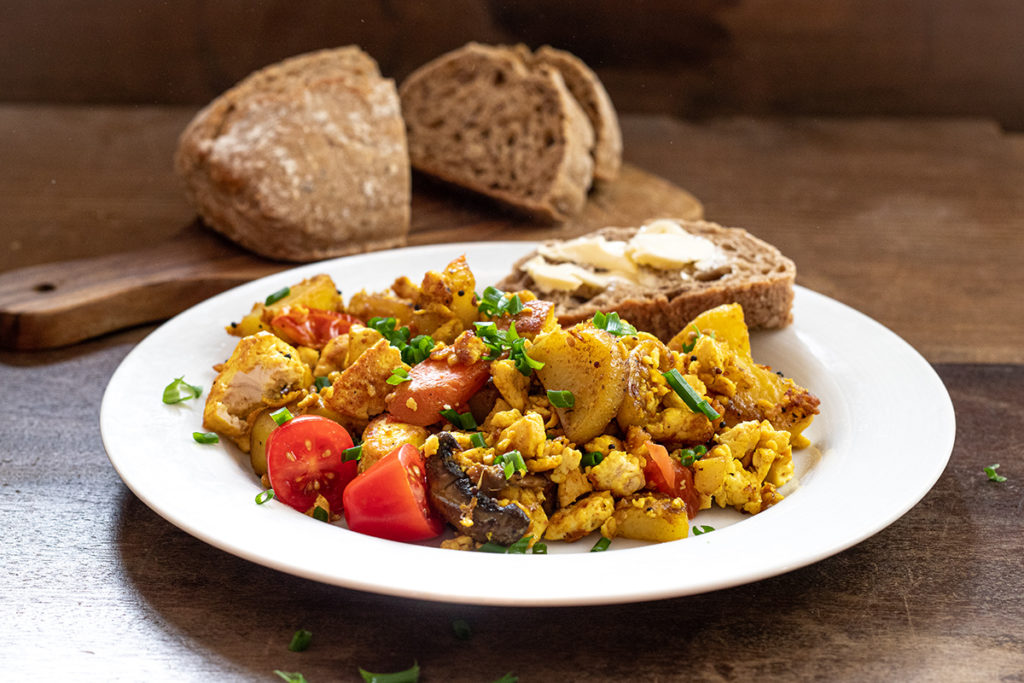
This is another recipe which I’ve worked on and improved over the last few decades. I started making Tofu Scramble when I was a teenager, back in the 1990s. Back then there was this pretty bad Tofu Scramble mix you could buy in a box from the health food store. Very quickly I learned how to make my own using spices and vegetables and some chickpea flour (Besan). Over the years I figured out that tapioca starch works better for a smooth, gooey, almost cheesy coating on the otherwise crispy and chewy, lightly charred crumbled tofu and chopped vegetables.
Adding Kala Namak (black salt) is another trick that I worked in a few years ago — it lends a somewhat egg flavor and aroma. I very often make the Vedic Indian variation of this — using some curry leaves, asafoetida, and other spices, but omitting the chopped onion.
I typically serve this on a green leafy salad with some toast or fresh bread on the side. It’s a fantastic and satisfying breakfast or brunch dish!
Tofu Scramble
with mixed vegetables
serves 3 to 4 / time 30 min
recipe from The Lotus and the Artichoke – WORLD 2.0
(Rezept auf Deutsch unten!)
- 14 oz (400 g) firm tofu crumbled
- 2 medium (200 g) potatoes peeled, chopped
- 1 medium (100 g) carrot peeled, chopped
- 1 cup (100 g) broccoli chopped
- 7–8 small (90 g) cherry tomatoes chopped
- 1 small (70 g) onion chopped
- 2 Tbs vegetable oil
- 1/2 tsp cumin ground
- 1/4 tsp black pepper ground
- 1/4 tsp paprika ground
- 3/4 tsp turmeric ground
- 2 sprigs fresh rosemary and/or thyme chopped
- 1–2 Tbs margarine or water
- 1–2 Tbs tapioca starch or chickpea flour (besan)
- 1 Tbs nutritional yeast flakes optional
- 3/4 tsp sea salt
- 1/2 tsp kala namak (black salt) optional
- 2 tsp lemon juice
- fresh parsley or other herbs chopped, for garnish
- Heat oil in a large pan on medium heat.
- Add chopped onion. Fry, stirring often, until onion starts to soften, 2–3 min.
- Add chopped potatoes and carrot, followed byground cumin, black pepper, and paprika.
Fry, stirring regularly, until potatoes begin to soften, 5–7 min. - Stir in crumbled tofu, ground turmeric, and rosemary and/or thyme. Fry 2–3 min, stirring regularly.
- Add chopped broccoli and tomato. Cook, partially covered, stirring regularly, until broccoli begins to soften and tomatoes fall apart, 3–5 min.
- Stir in 1–2 Tbs margarine (or water). Mix in tapioca starch (or chickpea flour), nutritional yeast, and salt. Continue to cook, stirring, until liquid is gone and potatoes are soft, 3–5 min.
- Add kala namak (if using) and lemon juice. Mix well. Turn off heat. Cover and let sit 5 min.
- Garnish with fresh parsley (or other herbs) and serve.
Variations:
More vegetables: Add chopped mushrooms and/or half a red, green, or yellow pepper along with broccoli. Adjust spices and salt as needed. Sweet potatoes: Substitute for regular potatoes. Vedic Indian: Replace onion with 1 tsp black mustard seeds, 1/2 tsp fenugreek seeds, several curry leaves, and 1/4 tsp asafoetida (hing), followed almost immediately by chopped potatoes, carrots, and other spices.

Tofu Scramble
Rührtofu mit Gemüse
3 bis 4 Portionen / Dauer 30 Min.
Rezept aus The Lotus and the Artichoke – WORLD 2.0
- 400 g fester Tofu zerkrümelt
- 2 mittelgroße (200 g) Kartoffeln geschält, gehackt
- 1 mittelgroße (100 g) Möhre geschält, gehackt
- 1 Tasse (100 g) Brokkoli gehackt
- 6–8 kleine (80 g) Cherrytomaten gehackt
- 1 kleine (70 g) Zwiebel gehackt
- 2 EL Pflanzenöl
- 1/2 TL Kreuzkümmel gemahlen
- 1/4 TL schwarzer Pfeffer gemahlen
- 1/4 TL Paprikapulver
- 3/4 TL Kurkuma gemahlen
- 2 Zweige frischer Rosmarin und/oder Thymian
- 1–2 EL Margarine oder Wasser
- 1–2 EL Tapiokastärke oder Kichererbsenmehl (Besan)
- 1 EL Hefeflocken wenn gewünscht
- 3/4 TL Meersalz
- 1/2 TL Kala Namak (Schwarzsalz) wenn gewünscht
- 2 TL Zitronensaft
- frische Petersilie oderandere frische Kräuter gehackt, zum Garnieren
- Öl in einer großen Pfanne auf mittlerer Flamme erhitzen.
- Zwiebel hineingeben und 2 bis 3 Min. unter Rühren anschwitzen, bis sie weich wird.
- Kartoffeln und Möhre zugeben. Kreuzkümmel, schwarzen Pfeffer und Paprikapulver einrühren.
5 bis 7 Min. unter regelmäßigem Rühren braten, bis die Kartoffeln weich werden. - Tofu, Kurkuma und Rosmarin und/oder Thymian einrühren. 2 bis 3 Min. unter Rühren braten.
- Brokkoli und Tomaten zugeben. 3 bis 5 Min. halb abgedeckt unter regelmäßigem Rühren schmoren,
bis der Brokkoli weich wird und die Tomate zerfällt. - 1 bis 2 EL Margarine oder Wasser einrühren. Tapiokastärke oder Kichererbsenmehl, Hefeflocken,
und Salz unterrühren. 3 bis 5 weitere Min. unter Rühren braten, bis die Flüssigkeit eingekocht ist und
die Kartoffeln richtig durch sind. - Kala Namak (falls verwendet) und Zitronensaft einrühren. Flamme abstellen, abdecken und
5 Min. ziehen lassen. - Mit gehackter Petersilie oder anderen Kräutern garnieren und servieren.
- Variationen:
Mehr Gemüse: Gehackte Pilze und/oder eine halbe rote, grüne oder gelbe Paprika zusammen mit dem Brokkoli zugeben. Gewürz- und Salzmenge nach Bedarf anpassen. Süßkartoffeln: Statt Kartoffeln verwenden. Vedisch-indisch: Zwiebel mit 1 TL schwarzen Senfsamen, 1/2 TL Bockshornkleesamen, ein paar Curryblättern und 1/4 TL Asafoetida (Asant) ersetzen. Direkt nach Kartoffeln, Möhre und anderen Gewürzen zugeben.

